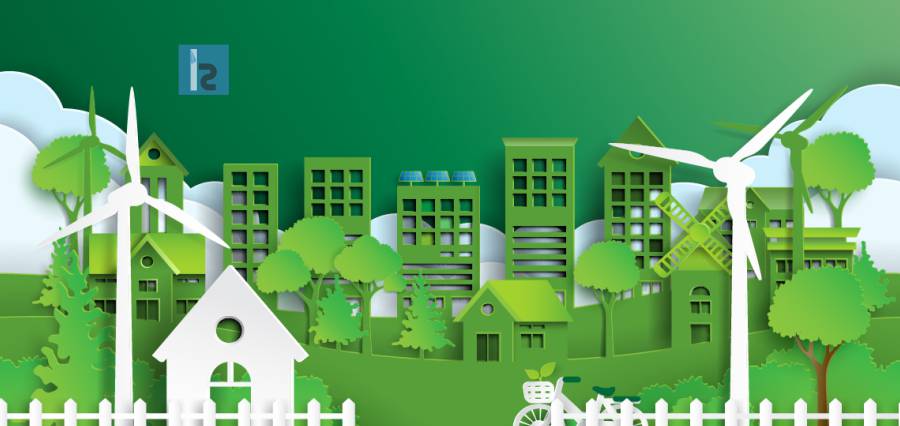Green initiatives, including green construction practices, are gaining momentum throughout the world. Such policies not only protect environmental integrity and finite resources but also provide both of them with economic and social benefits.
Not to mention, sustainable living is not only good for the earth, it’s good for your health and well-being, too. Herein, your home comes as an integral part of your wellbeing as a whole.
With that being said, let’s check out the various green building that are dominating the year 2020.
Green Building Materials
Concrete is one of the least sustainable materials in building production and consumes a lot of energy and water. Studies even indicate that it is responsible for about 8 % of global emissions of carbon dioxide.
As such, Bamboo, Timbercrete, and recycled materials can be used as its alternatives. Strong and long-lasting, Bamboo is used in green construction like furniture and floors. For cladding and paneling Timbercrete, a combination of recycled cement and sawdust is ideal. Recycled metals and wood recycled make great siding and flooring alternatives.
In Footsteps of Nature
Designers and engineers are searching for practical options for green construction designs. Novel technologies are being built in construction, energy sources, and water systems to address problems in structural quality, usage, and pollution. Emerging innovations including indoor temperature insulation systems are in works by copying remarkable biological features of plant and animal species suitable for prospering in hot environments.
Incorporating Green Spaces into Home Living
With the world being more urbanized than ever, prompting architects have acted upon a biophilic design that explores how homes can be better connected to their natural surroundings.
By looking at how natural light, natural materials, textures, colors, designs, and plants and views of nature come together, you can integrate green into your green home renovating ideas to establish a stronger connection between the home and the natural world.
Home Grown Power with Battery Storage
Homeowners are increasingly focusing on clean power technologies like solar roofs, boosting energy independence, cutting bills, increasing sustainability, and protecting themselves from rising weather risks. And as the popularity of the rooftop solar increases, the attraction of battery storage systems increases.
You can store excess power from your solar panels to be used later on with batteries. In addition, battery storage systems can be installed independently of a home solar system, which can store electricity from the grid. Even in blackouts or brownouts, you’ll have 24/7 power, you can enjoy more energy independence and you can control your bills by tapping on the battery as grid prices increase.
Net Zero Homes
When a building produces enough power to cover its own energy consumption and neutralizes water and waste generation, it becomes net zero.
Reaching Net Zero has become easier than ever before. As construction technologies and innovations in green buildings evolve, Net Zero can become the new standard for the design and operation of construction. This is an exciting vision for the average homeowner and one you can now begin with a few small steps to make your future more sustainable.
Climate Resiliency
With increasing concerns about climate change, one of the most important green initiatives construction measures in the form of improved infrastructure to withstand extreme weather patterns and natural disasters.
While many coastal towns have taken steps to reduce, rather than strengthen, their building codes, developers continue to seek methods to go beyond, build stronger frameworks and enhance climate resilience in order to mitigate weather damages and lower insurance costs, such as fire damages or flood claims.
Distributed Energy Systems
A distributed electric system (DES) controls solution for generation, storage, and energy monitoring. The system can control and track the performance and improve the reliability of a building by using sensors, meters, and actuators — such as warming, cooling, lighting, and more.
Many developers have chosen to integrate a DES in their sustainable design in order to benefit from the many benefits.
Increasing Awareness
Green construction projects are booming in popularity, with the threat of declining renewable resources and unforeseen climate change in particular. In 2018 alone in the United States, green building projects represented more than 3.3 million jobs.
Industry experts also predict that these new trends in the coming years will raise global awareness of green development, leading to new and more efficient initiatives for sustainable development.


